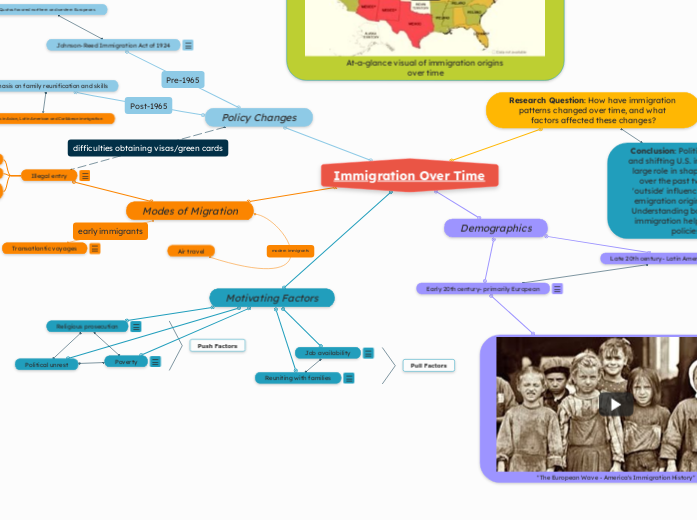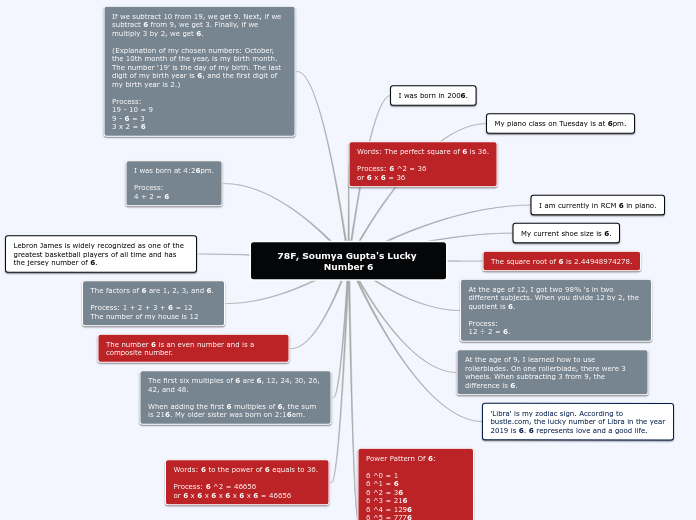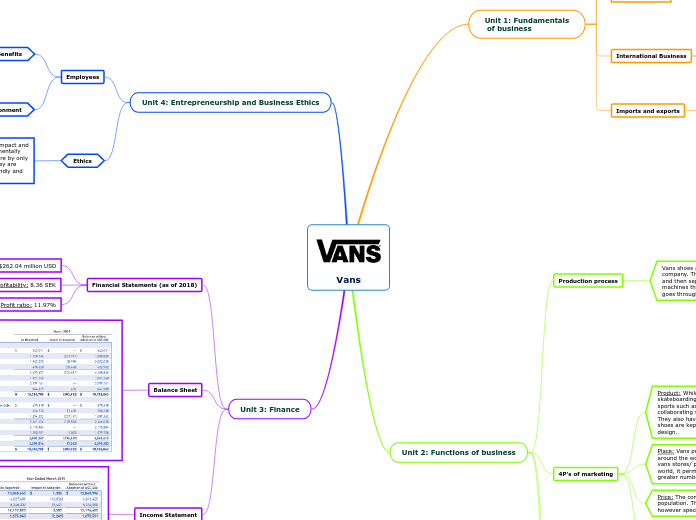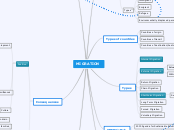Conclusion: Political and economic factors and shifting U.S. immigration policies play a large role in shaping immigration patterns over the past two centuries. Additional 'outside' influences within the countries of emigration origin also play a large factor. Understanding both historical and modern immigration helps to better inform better policies for the future.
Quotas favored northern and western Europeans
Increases in Asian, Latin American and Caribbean immigration
Pull Factors
Push Factors
At-a-glance visual of immigration origins over time
Immigration Over Time
Research Question: How have immigration patterns changed over time, and what factors affected these changes?
Policy Changes
Emphasis on family reunification and skills
Johnson-Reed Immigration Act of 1924
Ended the massive influx of Russian Jews and Italians by establishing very small nationality quotas for southern and eastern European immigrants.
(Foner 2000:23)
Modes of Migration
Illegal entry
Often harrowing journeys have to take place even in modern day, because of people who want to immigrate to the U.S. but are unable to obtain visas. The long backlogs can cause years of waiting to go through the legal route so many people decide to come in other illegal ways.
Purchasing someone else's passport with a valid tourist visa.
Smuggling via stowaways on cargo ships or fishing vessels
Fake marriages to US citizen
Air travel
Transatlantic voyages
Railroads made German ports accessible to the towns of eastern Europe, and steamships penetrated ports deep in the Mediterranean basin. More steamships were now crossing the ocean, and the newer ones were bigger, faster, and safer than before.
(Foner 2000:22)
Motivating Factors
Reuniting with families
In one Italian village, a cobbler was nicknamed "Cristoforo Colombo" for being the first to migrate to the New World. When he heard by chance that a worker in New York could earn in a single day what it would take a week to earn in the village, he sailed from Naples. Within a year of landing in New York, he had saved enough money to send for two of his brothers, thereby initiating a chain of migration that eventually brought more than half of the population of his village to the new land.
(Foner 2000:22)
Job availability
In both eras, immigrants come to the U.S. to raise their incomes and for more economic stability. Douglas Massey said: "individuals and families emigrate in response to changing circumstances
set in motion by political and economic transformations of their societies." (Foner 2000:18)
Religious prosecution
The assassination of Alexander II set off a wave of pogroms, massacres of Jews, and destruction of shops and synagogues that was encouraged, and perhaps even organized, by the czarist government.
(Foner 2000:21)
Political unrest
Poverty
Oppressive taxes for peasants at the end of feudalism meant they had more loans, more interest, and no cash for upward mobility in sight.
Demographics
Early 20th century- primarily European
New York City was then a much smaller place, with a little under 5 million people in 1910. In that year, Russian Jewish and Italian immigrants together accounted for close to a fifth of the city's population; all the foreign-born made up 41 percent of the citywide total. The heavy concentration of Jews and Italians was a New York phenomenon.
(Foner 2000:10)
"The European Wave - America's Immigration History"
By the 1830's, tens of thousands of european immigrants were arriving on America's eastern shores, coming mostly from England, Ireland, and Germany.
(TDC 2014)
Late 20th century- Latin American, Asian, Caribbean









